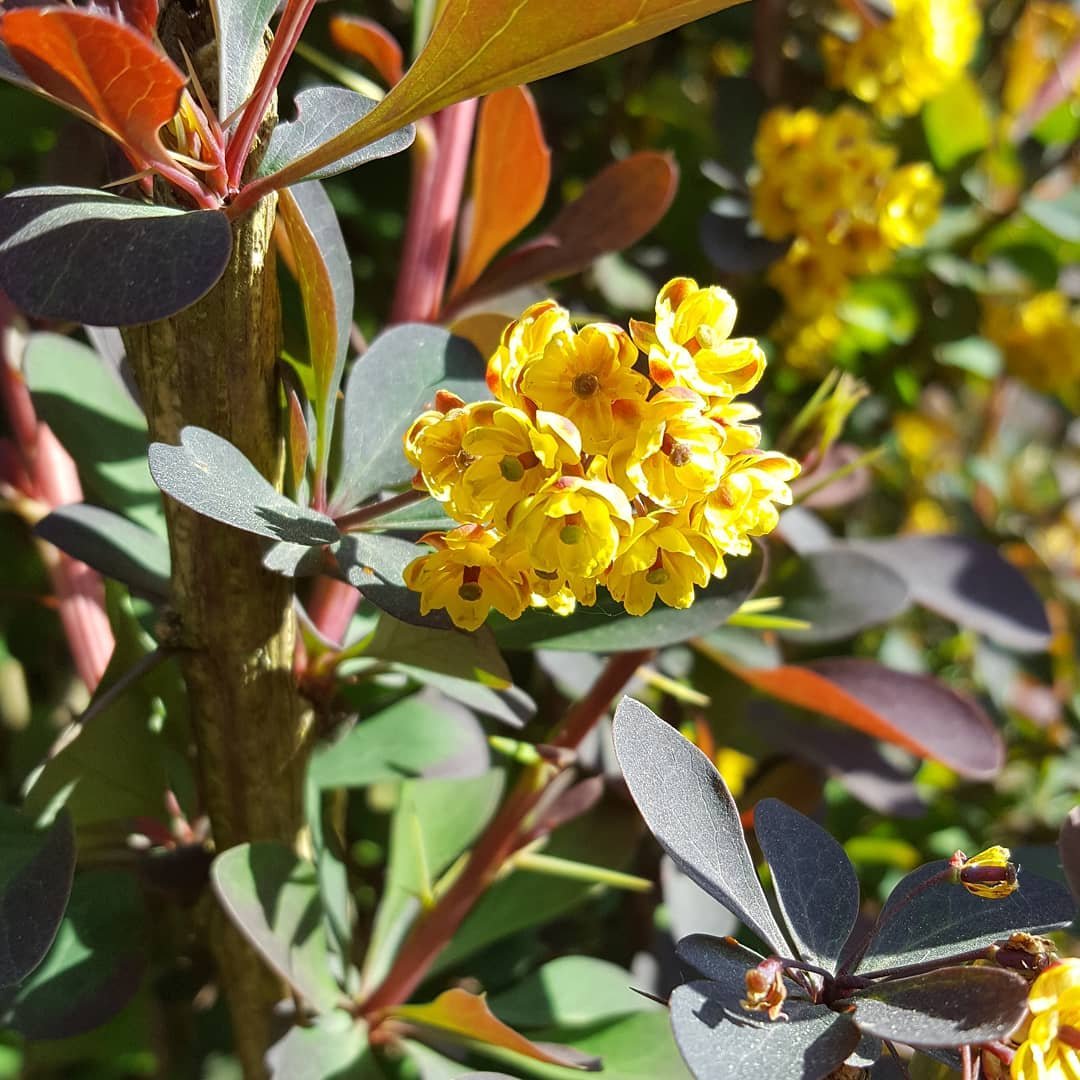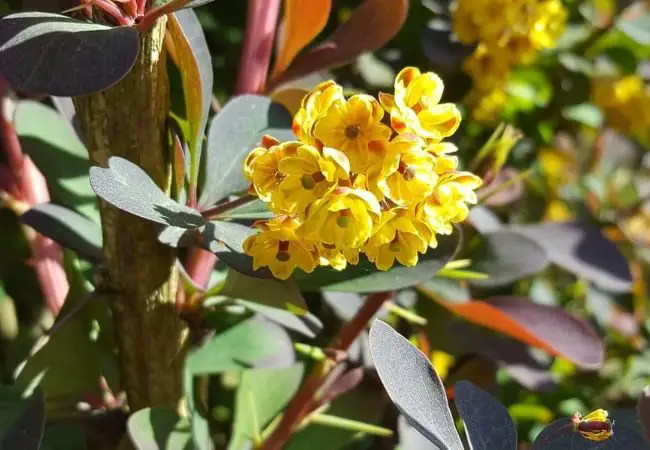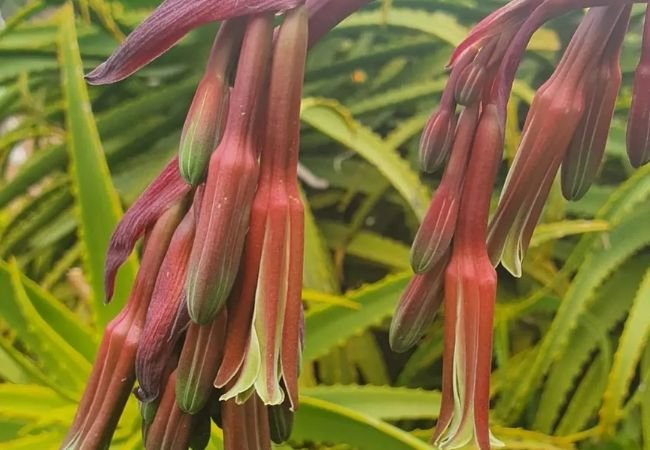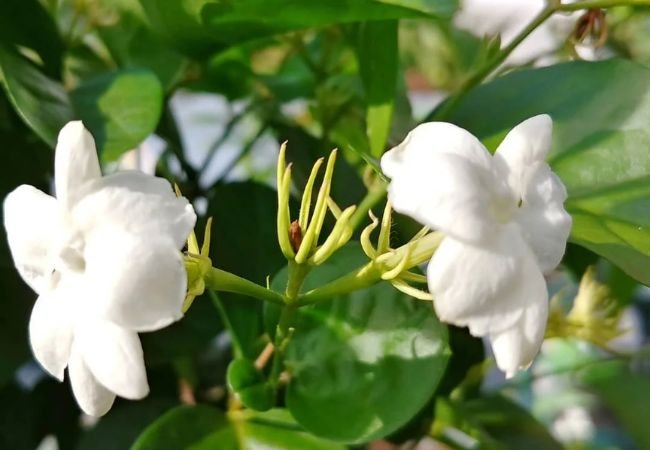Discover the world of Berberis (Barberry)! Learn about growing, using and caring for these colorful shrubs. Perfect for gardeners and nature lovers in the USA.
Have you ever seen a bush with bright red berries and spiky leaves? It might be a Berberis! Let’s learn about this interesting plant.
Here’s the information about Berberis (Barberry) flowers in an easy-to-understand chart format:
| Aspect | Details |
|---|---|
| Botanical Name | Berberis spp. |
| Common Name | Barberry |
| Plant Zone | Zones 4-8 (varies by species) |
| Sun Exposure | Full sun to part shade |
| Soil Type | Well-drained soil, tolerates various soil types |
| Watering Needs | Low to moderate; drought-tolerant once established |
| Growth Habit | Deciduous or evergreen shrubs, dense and thorny |
| Height/Spread | 3-10 feet tall, spreads 4-7 feet |
| Bloom Time | Spring |
| Flower Color | Yellow, occasionally orange |
| Special Features | Small, bright yellow flowers; attractive red or purple foliage in some varieties; produces small red berries; resistant to deer; used for hedging and borders |
What is Berberis?

Berberis, also called barberry, is a type of shrub. It grows in many parts of the world, including the USA. These bushes can have green, purple, or yellow leaves. In fall, they often turn bright red or orange.
Types of Barberry
There are many kinds of barberry. Some common ones in the USA are:
- Japanese Barberry (Berberis thunbergii)
- European Barberry (Berberis vulgaris)
- American Barberry (Berberis canadensis)
Growing Barberry in Your Garden
Barberry is easy to grow. Here’s what you need to know:
- They like sunlight but can grow in partial shade too.
- They don’t need much water once they’re established.
- Most types can handle cold winters.
- You can plant them in spring or fall.
Uses of Barberry
People use barberry for different things:
- Gardens: They make good hedges and add color to yards.
- Food: The berries are edible but very sour. Some people make jelly from them.
- Medicine: Some folks use barberry in traditional medicine, but always talk to a doctor first.
Barberry and Wildlife
Barberry bushes can help wildlife:
- Birds eat the berries.
- Small animals use the bushes for shelter.
- Bees like the flowers in spring.
To learn more about plants that help wildlife, check out this US Forest Service page.
Barberry Problems
While barberry can be nice to have, there are some things to watch out for:
- Some types can spread too much and become invasive.
- The thorns can be sharp, so be careful when planting or pruning.
- In some areas, they might be banned. Check your local rules before planting.
Taking Care of Barberry
Here’s how to keep your barberry healthy:
- Pruning: Cut back branches in late winter or early spring.
- Fertilizer: They don’t need much, but a little in spring can help.
- Pests: Watch for leaf spots or insect damage.
For more gardening tips, visit the USDA’s gardening page.
Barberry in History
People have known about barberry for a long time:
- Ancient Egyptians used it to fight disease.
- In medieval Europe, people thought it could cure many illnesses.
- Native Americans used some types for food and medicine.
Barberry is a tough, pretty shrub that can add color to your yard. It’s easy to grow and can help wildlife too. Just remember to check if it’s okay to plant in your area. With a little care, you can enjoy these colorful bushes for many years!
For more gardening tips and plant care guides, visit usagardenhub.com.







One comment on “Berberis (Barberry) : A Colorful and Useful Shrub for Your Garden”